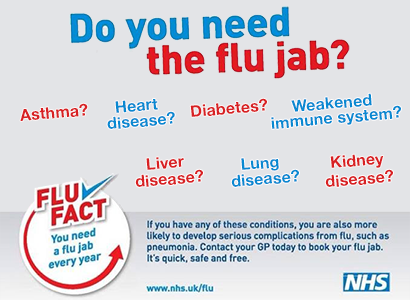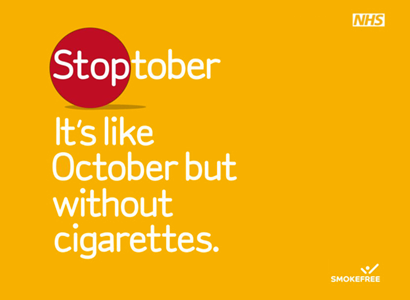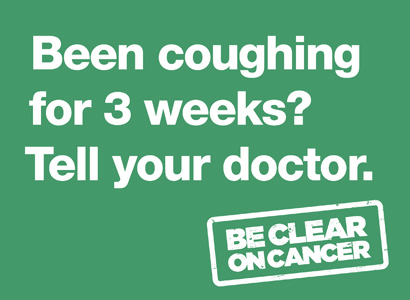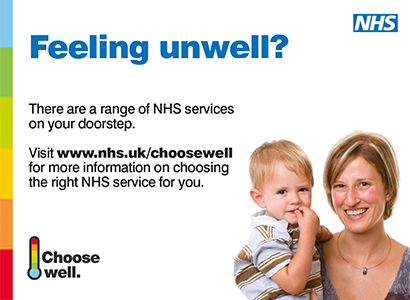Ambulance Service 999
Always call 999 if someone is seriously ill or injured and their life is at risk. Examples of medical emergencies include (but are not limited to):
- Chest pain
- Difficulty in Breathing
- Unconsciousness
- Sever loss of blood
- Severe burns or scald
- Choking
- Fitting or Concussion
- Drowning
- Severe allergic reactions
- Suicide attempts.
111 Service
When it’s less urgent than 999
If you urgently need medical help or advice but it is not a life threatening emergency situation.
- You need medical help fast but it is not a 999 emergency
- You think you need to go to A&E or need another Urgent Care service
- You don’t know who to call and you don’t have a GP to call.
- You need health information or re-assurance about what to do next.
Patient Transport Services – Ambulance Cancellation Line
Do you have a journey booked with our Patient Transport Service which is no longer required?
If so could you please ring 0300 111 0247
The service is available 24 hours 7 days per week
You will be asked to provide the following information:
- Name
- Home postcode
- Date of journey you are wishing to cancel.
Urgent Care Team
The Urgent Care Team is a nurse led team proving urgent care to patients in their own homes, nursing homes or residential homes.
They provide treatment and arrange services to support you at home in order to reduce unnecessary admissions to hospital.
They respond quickly to calls to provide assessment and treatment for existing chronic illness such as:
- Chest problems
- Diabetes
They can also treat minor illness / ailments and minor injuries.
They can visit you if you are aged over 18 years and are registered with a GP in the City of Sunderland.
The nurse will make a full assessment of your condition and examine you. This means that they will ask you what problems you have and if you have experienced these problems before. The nurse may need to listen to your chest, check your temperature and blood pressure and may also take a blood test.
The nurse will ask you if you are taking any medicines and if you are allergic to anything.
Any treatment which is required can be started immediately, for example a course of antibiotics or some oxygen or nebuliser therapy.
You may need to be referred for other investigations such as a chest xray and then return home to continue your care.
The team will plan your care with you and arrange how often they need to visit you.
If you agree to treatment at home by the team you will be asked to sign a consent form.
You can ring the team for help and advice 24 hours a day if you have:
- COPD and need urgent care for a ‘flare up’ of the condition.
- Chest infections
- Breathing difficulties
- Falls
- Abdominal pain
- Animal bites
- Allergic reaction
- Diabetes and have a low blood sugar episode.
When you ring the team on 07766 408661 you will speak to a nurse who will ask some questions about your condition and then will arrange to visit you if necessary and appropriate.
childhood Ailments
It is not always necessary to see a doctor when a child is poorly. The following information will be helpful if you are unsure what to do when your child is unwell:-
Chickenpox
On the first day a rash appears as small red patches about 3-4mm across. Within a few hours, small blisters appear in the centre of these patches. During the next three or four days further patches will appear and the earlier ones will turn ‘crusty’ and fall off.
- Calamine lotion may be applied to soothe the often severe itching
- Cool baths may also help
- The most infectious period is from two or three days before the rash appears and up to five days after this date. Children may return to school as soon as the last ‘crusts’ have dropped off
German Measles (Rubella)
- The rash appears during the first day and usually covers the body, arms and legs in small pink patches about 2-4mm across and doesn’t itch. No other symptoms are usually present apart from occasional aching joints.
- It is infectious from two days before the rash appears, until the rash disappears in about four or five days from that date
- The only danger is to unborn babies and, therefore, it is important that all contacts are informed in order that anyone who may be pregnant can contact their doctor
Immunisation can prevent this disease
Measles
The rash is blotchy and red and appears on the face and body around the fourth day of illness. It is at its most infectious from two or three days before the rash appears until eight to ten days after that date.
- Immunisation can prevent this disease
Meningitis
This is a rare illness that is most common in babies, children under four years and teenagers, and requires urgent attention. It is important to be aware of the symptoms which we have listed below.
Signs and symptoms in BABIES and VERY YOUNG CHILDREN are:
- Difficulty waking
- A high pitched cry that is different from a normal cry
- Repeated vomiting
- Refusing feeds
- Pale or blotchy skin, especially with red or blue/black bruises that don’t go white when you press on them
- Tight or bulging soft spot on the top of your baby’s head
If you are in any doubt contact your doctor immediately.
Signs and symptoms in OLDER CHILDREN and ADULTS are:
- A high temperature
- A constant headache
- Vomiting
- Drowsiness or confusion
- Dislike of bright lights
- Stiffness of the neck (moving their chin to the chest will be particularly painful)
- A rash of red/blue spots or bruises that don’t go white when pressed with a tumbler
If you are in any doubt contact your doctor immediately.
Mumps
Symptoms are:
- Swelling of the gland in front of one ear often followed, after a couple of days by swelling in front of the other ear.
- It is infectious from two or three days before the swelling appears until eight to ten days after that date
- If the pain is severe you should consult your doctor
- Immunisation can prevent this disease
How To Look After A Child With A Temperature
A child will develop a fever because of an infection. Usually the child will get over such an infection without the need for antibiotics. Most childhood infections are caused by viruses and these do not respond to antibiotics. The following advice will help to bring your child’s temperature down and make them feel better.
1. Always keep a supply of paracetamol syrup (Calpol, Disprol) at home. If you wait until you need it, there will be none close at hand.
2. If your child feels hot or appears unwell –
a) Give the maximum dose of paracetamol stated for a child of that age.
b) Dress your child in cool clothes. A lot of heat is lost through a child’s head, so leave it uncovered. Cool down the room by opening doors and windows.
c) Give your child plenty of cool drinks as fluid is lost with a fever. If they are reluctant to drink, encourage small amounts from a favourite cup.
d) Sponging your child down with a tepid flannel will make them feel better as well as bringing their temperature down. Using tepid water is more effective than using cold water.
e) Repeat the dose of paracetamol every four hours as necessary, up to the maximum daily dose stated.
f) A child with a fever is likely to be restless at night. Offer cool drinks and sponge them down if they wake.
g) If your child does not improve after giving paracetamol and sponging, or appears particularly ill, call the doctor.
3. Very rarely, a child under five years will have a convulsion with a high temperature. They will shake all over and become very still. It usually subsides in less than five minutes. Lie the child on their side and stay with them while it lasts. If there is another adult in the house, ask them to phone a doctor. If not, call when the convulsion has passed.
-
List of diagnosed conditions – so professionals have a complete record of your care
-
Medications – so everyone treating you knows what medicines you’ve been prescribed
-
Allergies – to make sure you aren’t given medicine that might give you an adverse reaction
-
Test results – to speed up your treatment and care
-
Referrals, clinic letters and discharge information – to make sure the people caring for you have all the information they need about other treatment you’re having elsewhere.
-
Up-to-date contact details
-
Joined-up and safer care
-
More time to spend on care
-
Less paperwork
-
Informed decision making
-
You don’t have to repeat details to different professionals.

 Sign in
Sign in



